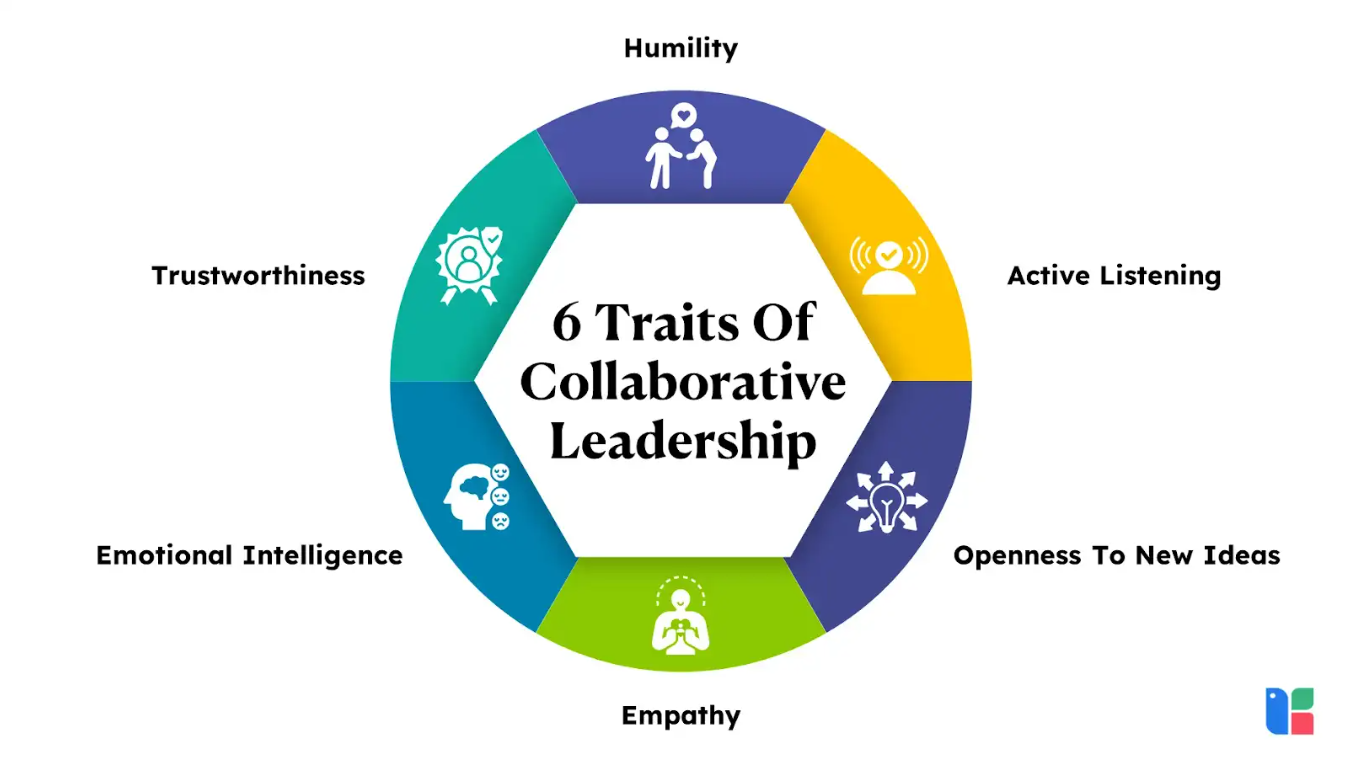Leadership is often associated with hierarchy—clear lines of authority, defined roles, and measurable outcomes. But in collaborations, especially those that cross organizational, sectoral, or cultural boundaries, leadership is a very different practice. It’s less about directing and more about connecting. In these spaces, leadership is not held by one person at the top. Instead, it is shared, fluid, and deeply relational.
At its core, leadership in collaboration is about creating the conditions where people and organizations with different goals, values, and ways of working can come together to pursue something they cannot achieve alone. It’s the art of weaving diverse threads into a common fabric—strong enough to hold differences, flexible enough to evolve.
This kind of leadership differs from traditional organizational leadership in several key ways. First, it often lacks formal authority. Collaborative leaders can’t simply mandate outcomes. Instead, they must lead by influence, trust, and credibility. They spend more time listening than talking. They build alignment through dialogue, not directives. Success comes not from control, but from enabling others to step forward and lead from where they are.
Second, collaborative leadership requires a different mindset. In a single organization, the focus is often on efficiency, performance, and internal priorities. In a collaboration, leaders must think systemically. They need to see beyond their own walls, understand the perspectives of others, and hold space for complexity. There is rarely a clear path, and solutions emerge through experimentation and co-creation.
Because of this, effective collaborative leaders are often bridge-builders. They know how to translate between sectors, resolve tensions, and foster psychological safety so people feel comfortable sharing openly—even when it’s messy or uncomfortable. They invest in relationships as much as in results. They understand that trust is not a soft skill; it’s a strategic asset.
When done well, leadership in collaboration makes a powerful difference. It helps groups move past surface coordination into true partnership. It enables difficult conversations that would otherwise be avoided. It unlocks innovation by drawing on diverse perspectives. And most importantly, it sustains momentum over time—especially when the work is slow, ambiguous, or under pressure.
We often hear that collaboration is hard. It is. But too often, we treat it as a structural problem—a matter of governance, funding, or roles—when at its heart, it’s a leadership challenge. Who steps up? Who brings people together? Who holds the shared vision when things get tough?
That’s why we need to reframe leadership not as a title, but as a set of actions anyone can take to move a group forward. In collaboration, leadership is not about being in charge—it’s about being in service to the shared purpose.
In a world of complex challenges—climate change, social inequities, economic disruption—collaborative leadership is no longer optional. It’s essential. And it starts with those willing to lead across differences, in the spaces between organizations, for the good of the whole.

